At a Glance
Quick Tips
- Close to Yellowstone and Grand Teton National Parks
- ATV can be useful for limited roads in the area
- Numerous glassing points to locate moose


This area is combined with area 37. Low moose densities and poor calf production along with predation are a concern in this herd area. Predation and disease continue to push Wyoming’s moose populations below desired objectives.
This area is considered to be an average moose area in the state. Although low herd numbers are a concern, occasional 40” plus moose scoring above 150” B&C are harvested in this region.
Large sage covered flats transition into timber covered slopes with high mountain meadows. On top of the Jedediah Smith Wilderness there are large scree covered slopes with high mountain lakes scattered throughout the area. Terrain varies in this area from very easy to navigate, to some of the toughest terrain that can be found in Wyoming. Spectacular views of the Grand Tetons can be seen from numerous parts of this area.
Wilderness
Under Wyoming law nonresidents are not permitted to hunt big game or trophy game in any federally designated wilderness areas without the presence of a licensed guide or resident companion. The resident companion must first get a free non-commercial guide license from a Game and Fish office. The law does not prohibit nonresidents from hiking, fishing or hunting game birds, small game, or coyotes in wilderness areas.
Access is difficult throughout most of the area. At higher elevations little to no roads can be used to navigate terrain. Trail systems can be found throughout most of the area for horse and foot travel. The use of horses can be one of the best modes of travel in this area. This area is mostly public land, but does contain the Jedediah Smith Wilderness Area and nonresident hunters wanting to access and hunt the wilderness area a guide or outfitter must accompany them. Accessing much of the area is easier by entering from the Idaho side of the area.
Plenty of rivers and streams with riparian habitat with willows, cottonwoods, shrubs, grasses and forbs that moose tend to flourish in can be located throughout the area. Lodgepole pine, subalpine fir, whitebark pine and limber pine are typical in the area. Native grasses, forbs and some sagebrush are found throughout mid elevations. Grasses and forbs can be found at higher elevations and give good habitat and feed for the moose population.
Victor and Driggs, Idaho are the closest cities to the area and contain a small number of lodging options. Food and Groceries may also be purchased in these locations. There are a small number of designated campgrounds in the area and hunters may camp on Forest Service and BLM land with no permit.
Roughly 196 square miles
94% public land
Elevations from 6,400-10,800 feet
56.3% Wilderness